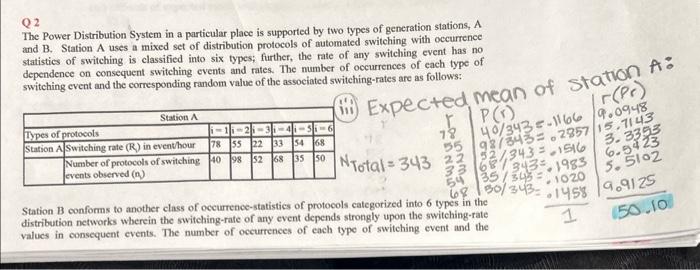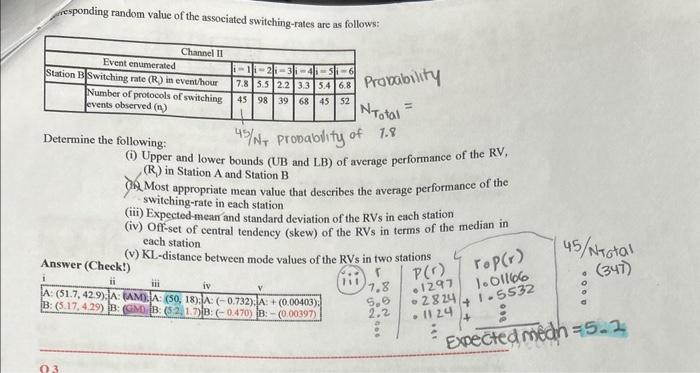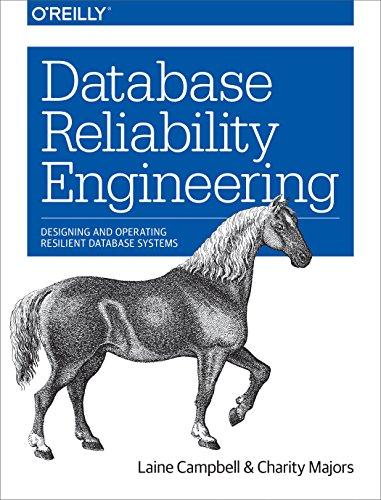the last 4 parts please and thank you

Q2 The Power Distribution System in a particular place is supported by two types of generation stations, A and B. Station A uses a mixed set of distribution protocols of automated switching with oecurrenee statistics of switching is classified into six types; further, the rate of any switching event has no dependence on consequent switching events and rates. The number of occurrences of each type of switching event and the corresponding random value of the associated switching-rates are as follows: Station B conforms to another class of occurrence-statistics of protocols categotired into 6 types in the distribution networks wherein the switching-rate of any event depends strongly upon the switehing-rate values in consequent events. The number of occurrences of each type of switching event and the responding random value of the associated switching-rates are as follows: Determine the following: 45/NT probability of 7.8 (i) Upper and lower bounds (UB and LB) of average performance of the RV, (R1) in Station A and Station B 30. Most appropriate mean value that describes the average performance of the switching-rate in each station (iii) Expected-mean and standard deviation of the RVs in each station (iv) Off-set of central tendency (skew) of the RVs in terms of the median in each station (v) KL-distance between mode values of the RVs in two stations Answer (Check!) Q2 The Power Distribution System in a particular place is supported by two types of generation stations, A and B. Station A uses a mixed set of distribution protocols of automated switching with oecurrenee statistics of switching is classified into six types; further, the rate of any switching event has no dependence on consequent switching events and rates. The number of occurrences of each type of switching event and the corresponding random value of the associated switching-rates are as follows: Station B conforms to another class of occurrence-statistics of protocols categotired into 6 types in the distribution networks wherein the switching-rate of any event depends strongly upon the switehing-rate values in consequent events. The number of occurrences of each type of switching event and the responding random value of the associated switching-rates are as follows: Determine the following: 45/NT probability of 7.8 (i) Upper and lower bounds (UB and LB) of average performance of the RV, (R1) in Station A and Station B 30. Most appropriate mean value that describes the average performance of the switching-rate in each station (iii) Expected-mean and standard deviation of the RVs in each station (iv) Off-set of central tendency (skew) of the RVs in terms of the median in each station (v) KL-distance between mode values of the RVs in two stations Answer (Check!)









